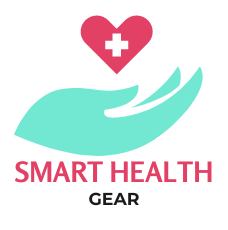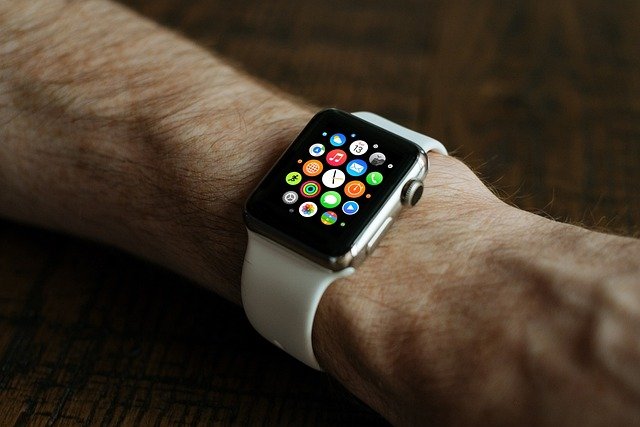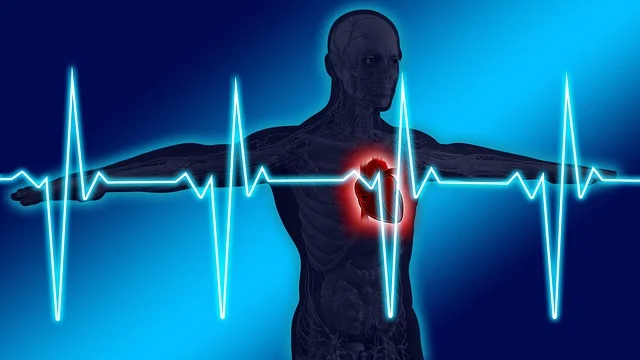The Evolution of Workout, Diet, and Nutrition Apps: Empowering Health and Fitness
In the fast-paced digital age, where smartphones and wearable technology have become ubiquitous, the way we approach fitness, diet, and nutrition has undergone a revolutionary transformation. Gone are the days of scribbled workout routines on notepads and vague meal plans on sticky notes. Today, the convergence of advanced mobile applications and cutting-edge nutritional science has given rise to a new era of personalized health and fitness management. Workout, diet, and nutrition apps have become indispensable tools for millions worldwide, offering tailored guidance, real-time tracking, and motivational support right at our fingertips.
The Rise of Fitness Apps
Fitness apps have evolved beyond simple timers and rep counters. They now offer comprehensive workout routines tailored to individual goals, whether it’s weight loss, muscle gain, or overall fitness improvement. These apps leverage the power of data analytics and AI to provide personalized recommendations based on user inputs, performance metrics, and even biometric data from connected devices.
1. Personalization and Customization:
- Modern workout apps start by assessing a user’s fitness level, goals, and preferences. They then generate personalized exercise plans that adapt over time as the user progresses.
- Customization options extend to workout duration, intensity, and specific muscle groups targeted, ensuring that every session is optimized for maximum effectiveness.
2. Real-Time Feedback and Monitoring:
- Many apps integrate with wearable fitness trackers to monitor real-time performance metrics such as heart rate, calories burned, and exercise intensity.
- Feedback mechanisms provide instant analysis and suggestions for improvement, motivating users to push harder or adjust their technique for better results.
3. Variety and Accessibility:
- With a vast library of exercises and routines, these apps cater to diverse preferences and fitness levels, offering everything from yoga and Pilates to HIIT and strength training.
- Accessibility is key, allowing users to work out anytime, anywhere, whether at home, in the gym, or outdoors.
The Role of Diet and Nutrition Apps
While exercise is crucial, nutrition plays an equally vital role in achieving fitness goals. Diet and nutrition apps have emerged as essential tools for managing dietary intake, fostering healthier eating habits, and ensuring nutritional balance.
1. Meal Planning and Nutrient Tracking:
- Advanced apps enable users to create personalized meal plans based on dietary preferences, health goals, and nutritional requirements.
- Nutrient tracking features allow users to monitor their daily intake of calories, macronutrients (carbohydrates, proteins, fats), vitamins, and minerals, providing insights into nutritional adequacy.
2. Barcode Scanning and Food Database:
- Barcode scanning technology simplifies food logging by instantly retrieving nutritional information from packaged goods.
- Extensive food databases offer nutritional details for a wide range of foods, including restaurant meals, making it easier for users to make informed choices.
3. Behavior Modification and Accountability:
- Behavioral psychology techniques, such as goal setting, progress tracking, and meal reminders, encourage adherence to healthy eating patterns.
- Community features foster support networks where users can share tips, recipes, and success stories, promoting accountability and motivation.
The Impact on Health and Well-being
The integration of workout, diet, and nutrition apps has had a profound impact on individual health and well-being:

1. Enhanced Motivation and Adherence:
- Personalized feedback, progress tracking, and goal setting keep users motivated and committed to their fitness journey.
- Social features and virtual challenges create a sense of community and healthy competition, further boosting motivation.
2. Improved Physical Fitness and Performance:
- Tailored workout plans and nutritional guidance optimize training effectiveness, leading to improved strength, endurance, and overall fitness levels.
- Real-time monitoring and analysis help users make adjustments to their routines for continuous improvement.
3. Health Monitoring and Disease Prevention:
- Some apps integrate health metrics beyond fitness, such as sleep patterns, stress levels, and hydration, offering a holistic approach to wellness.
- By promoting healthy habits and providing early detection of potential health issues, these apps contribute to long-term disease prevention.
Challenges and Future Trends
Despite their many benefits, workout, diet, and nutrition apps face challenges such as data privacy concerns, user engagement sustainability, and the need for continuous innovation to stay relevant. Looking ahead, several trends are shaping the future of these apps:
1. Integration of AI and Machine Learning:
- AI algorithms will become more sophisticated, offering predictive analytics for personalized workout and nutrition recommendations.
- Machine learning models will analyze vast datasets to refine dietary advice based on individual responses and outcomes.
2. Virtual Reality (VR) and Augmented Reality (AR) Integration:
- VR and AR technologies will enhance the immersive workout experience, offering virtual trainers, interactive environments, and real-time feedback on form and technique.
3. Holistic Health Management:
- Apps will expand their focus beyond fitness and nutrition to include mental well-being, stress management, and mindfulness exercises.
- Integration with medical data and wearable health devices will provide comprehensive health monitoring and early intervention capabilities.
Conclusion
Workout, diet, and nutrition apps represent a paradigm shift in how we approach health and fitness. By harnessing the power of technology, these apps empower individuals to take control of their well-being through personalized guidance, real-time feedback, and community support. As they continue to evolve, integrating advanced technologies and addressing user needs, their potential to promote healthier lifestyles and improve quality of life remains profound. Embracing these innovations can lead not only to physical transformation but also to a sustainable commitment to lifelong health and wellness.




